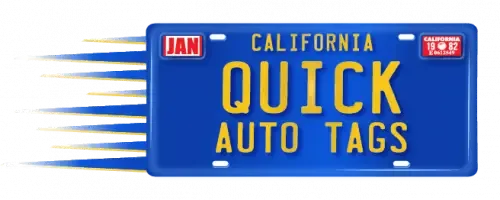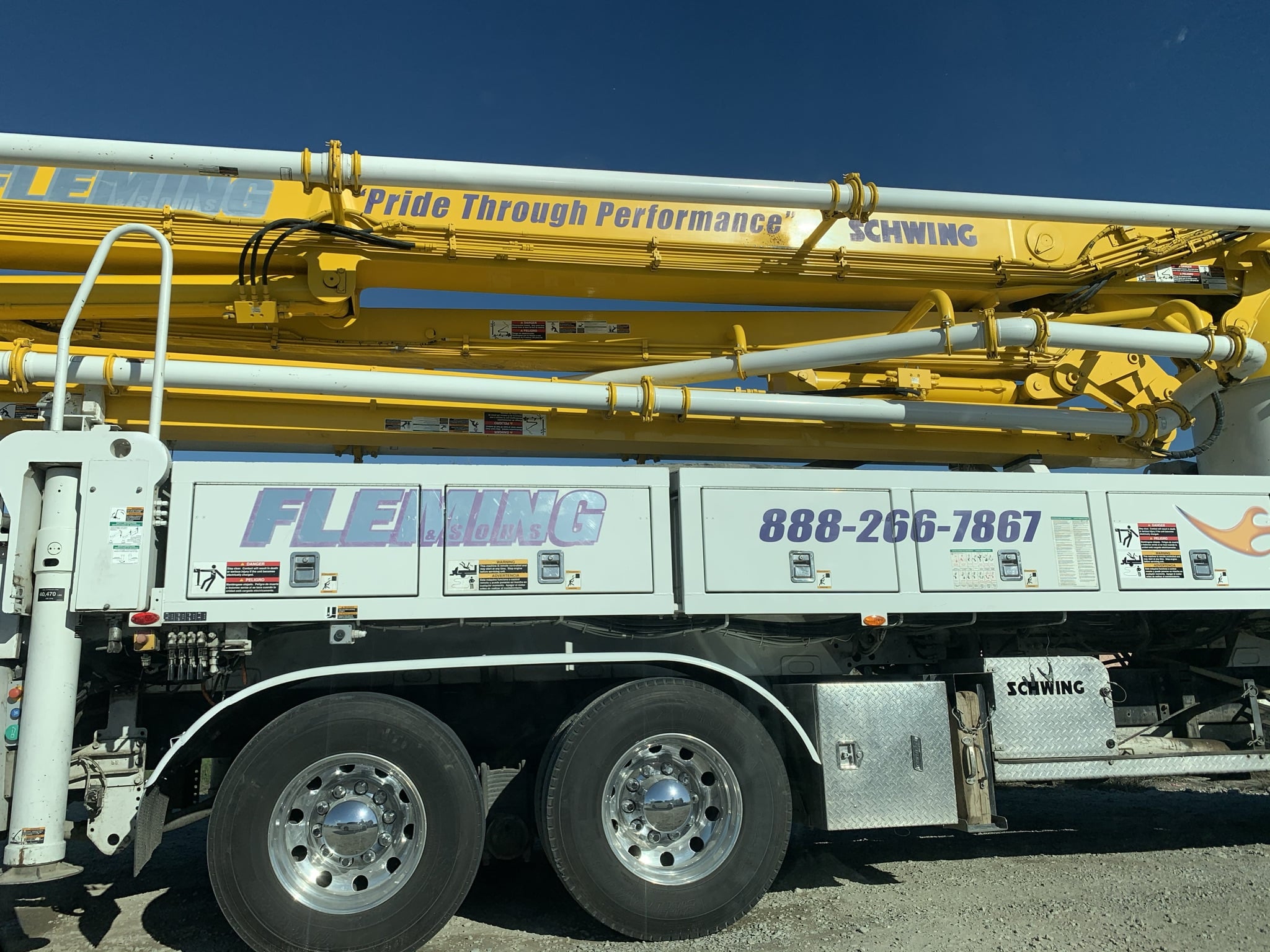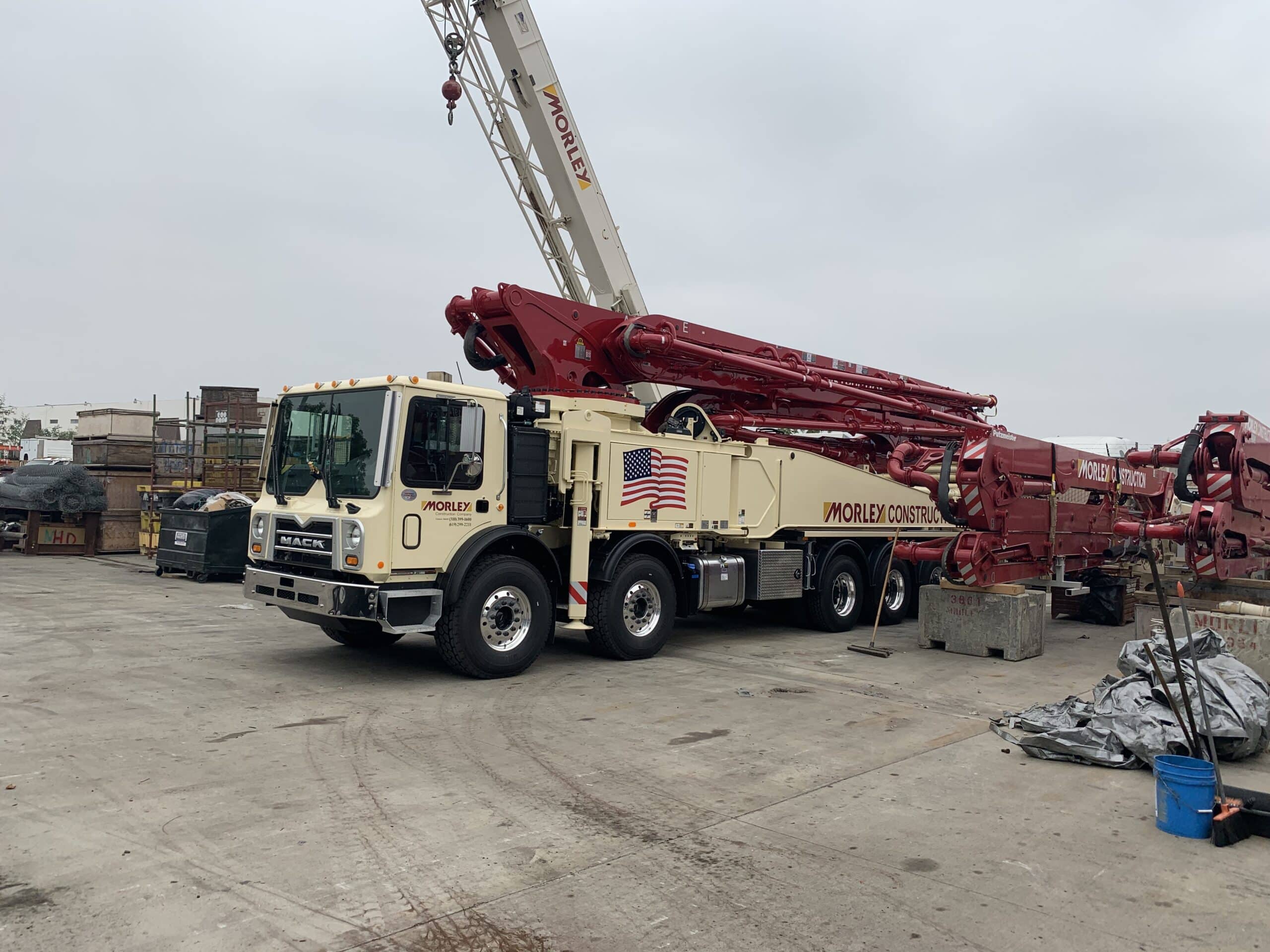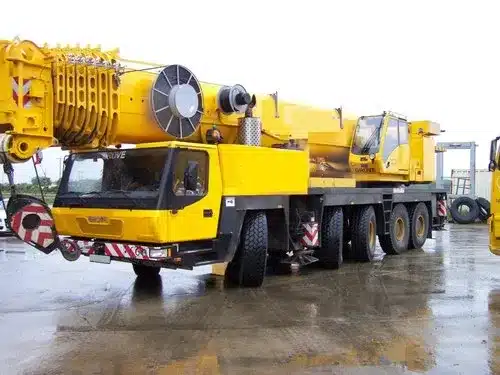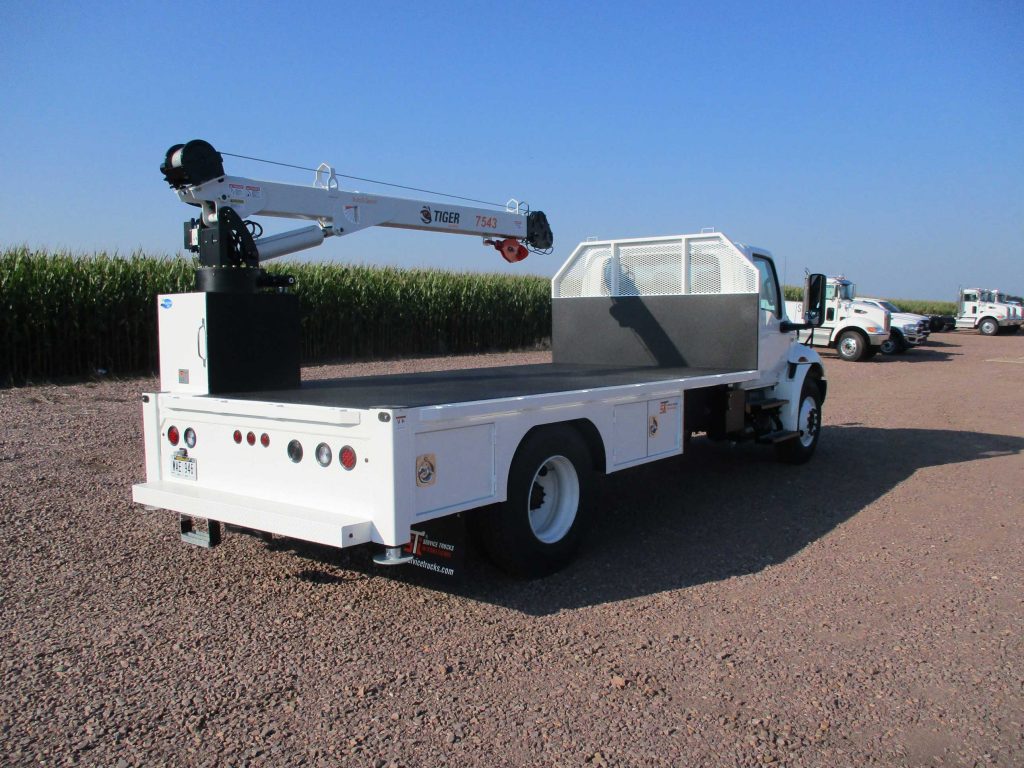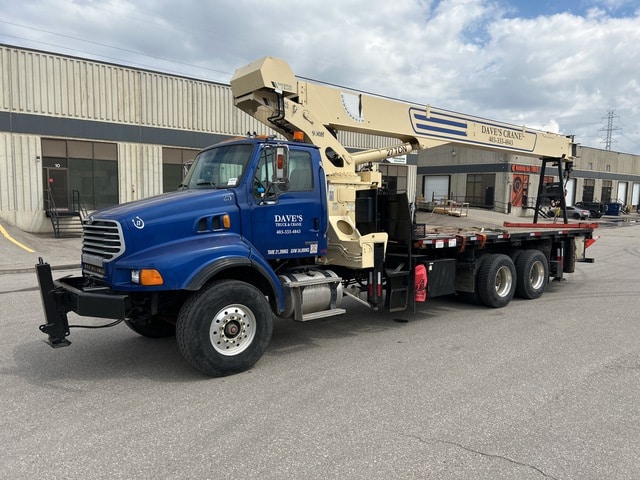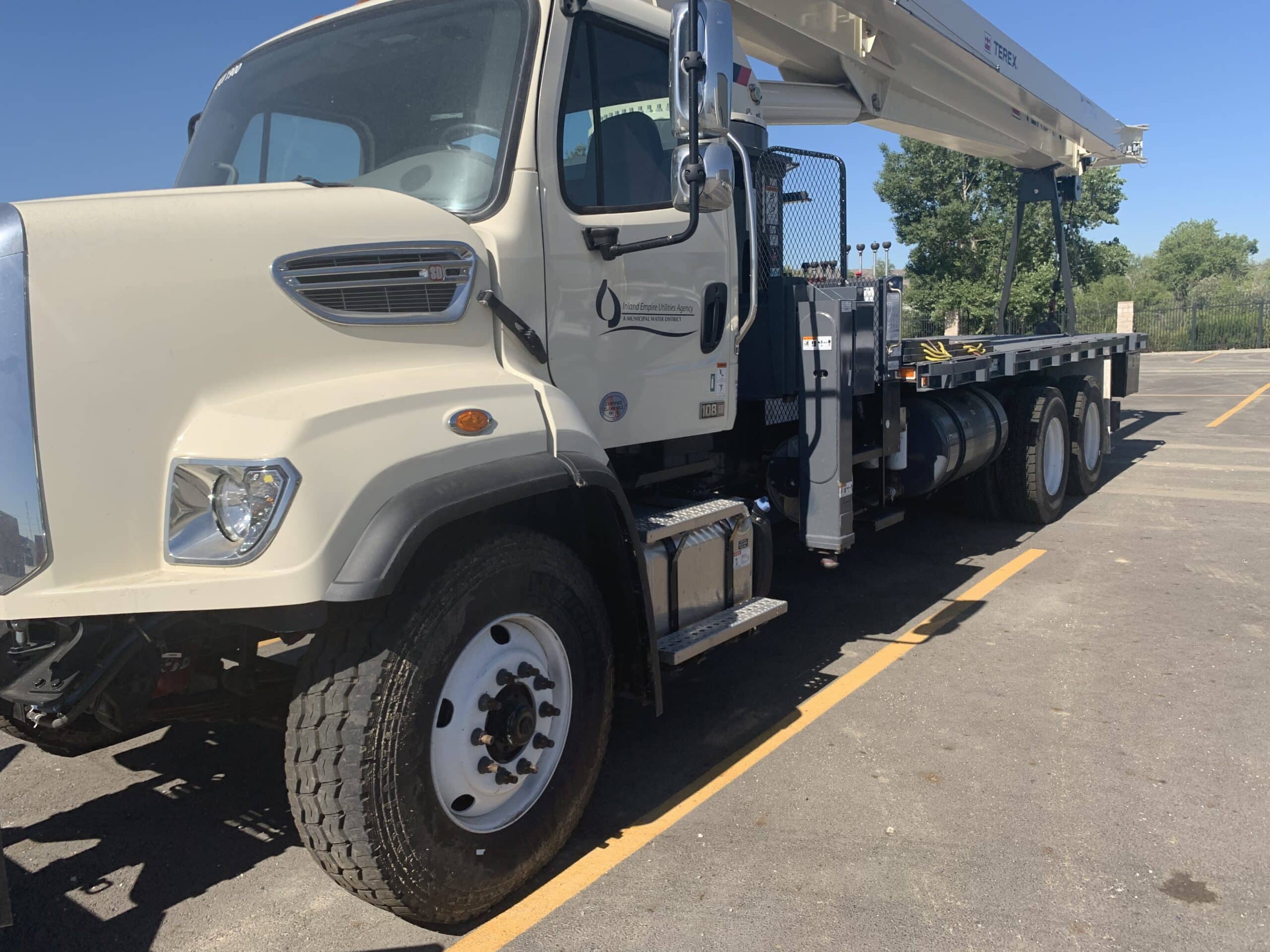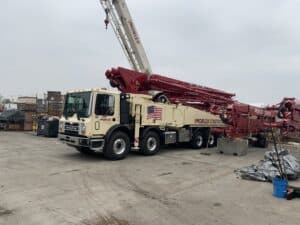
Mobile cranes play a crucial role in construction and industrial projects by lifting and moving heavy loads. In California, these vehicles are classified as specialized commercial equipment and must adhere to specific regulations set by the DMV to ensure proper operation on public roads.
